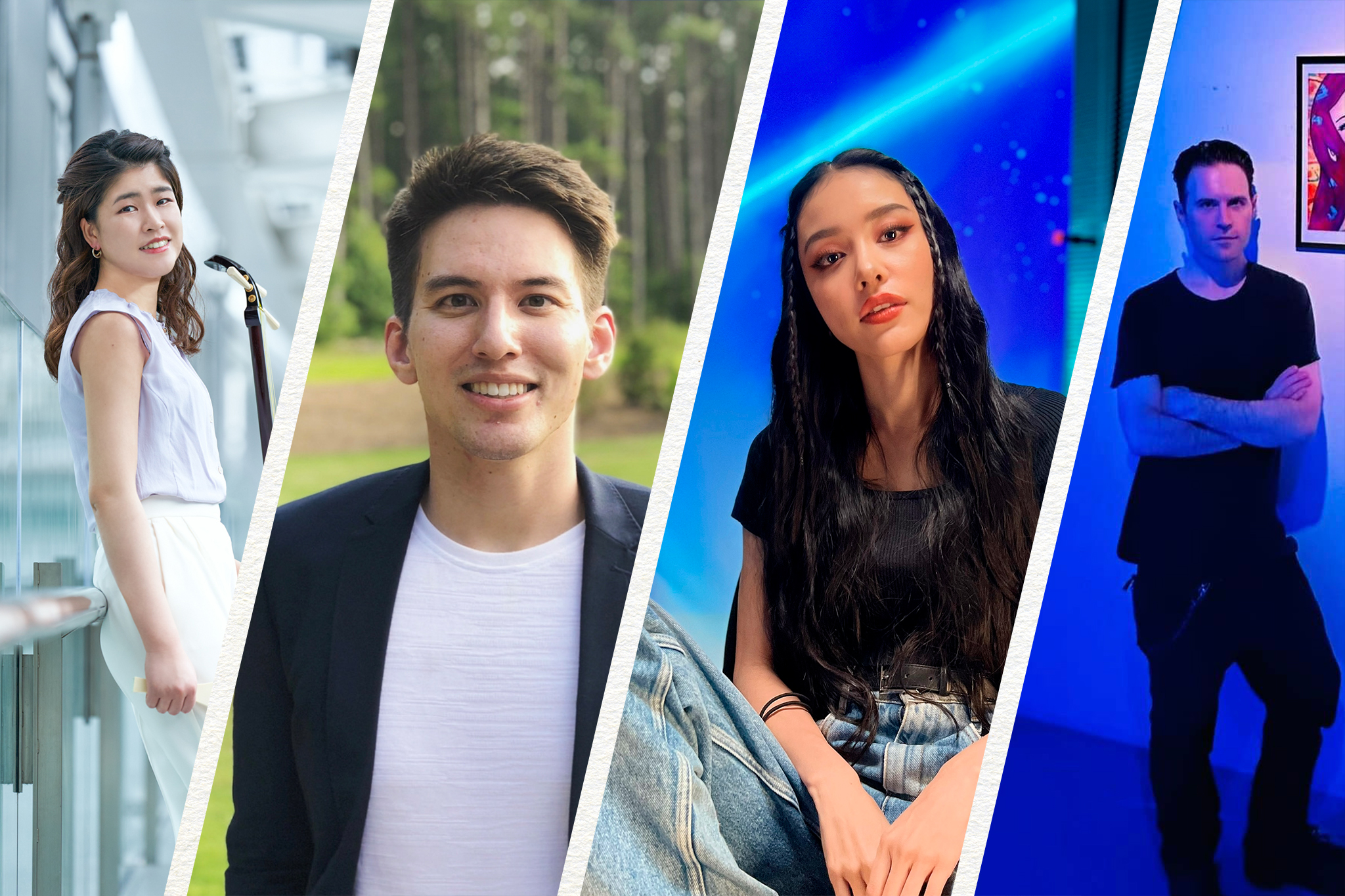The humans of Tokyo make this metropolis pulse with energy. We check in with four of the many Tokyo voices that make the cacophony a symphony.
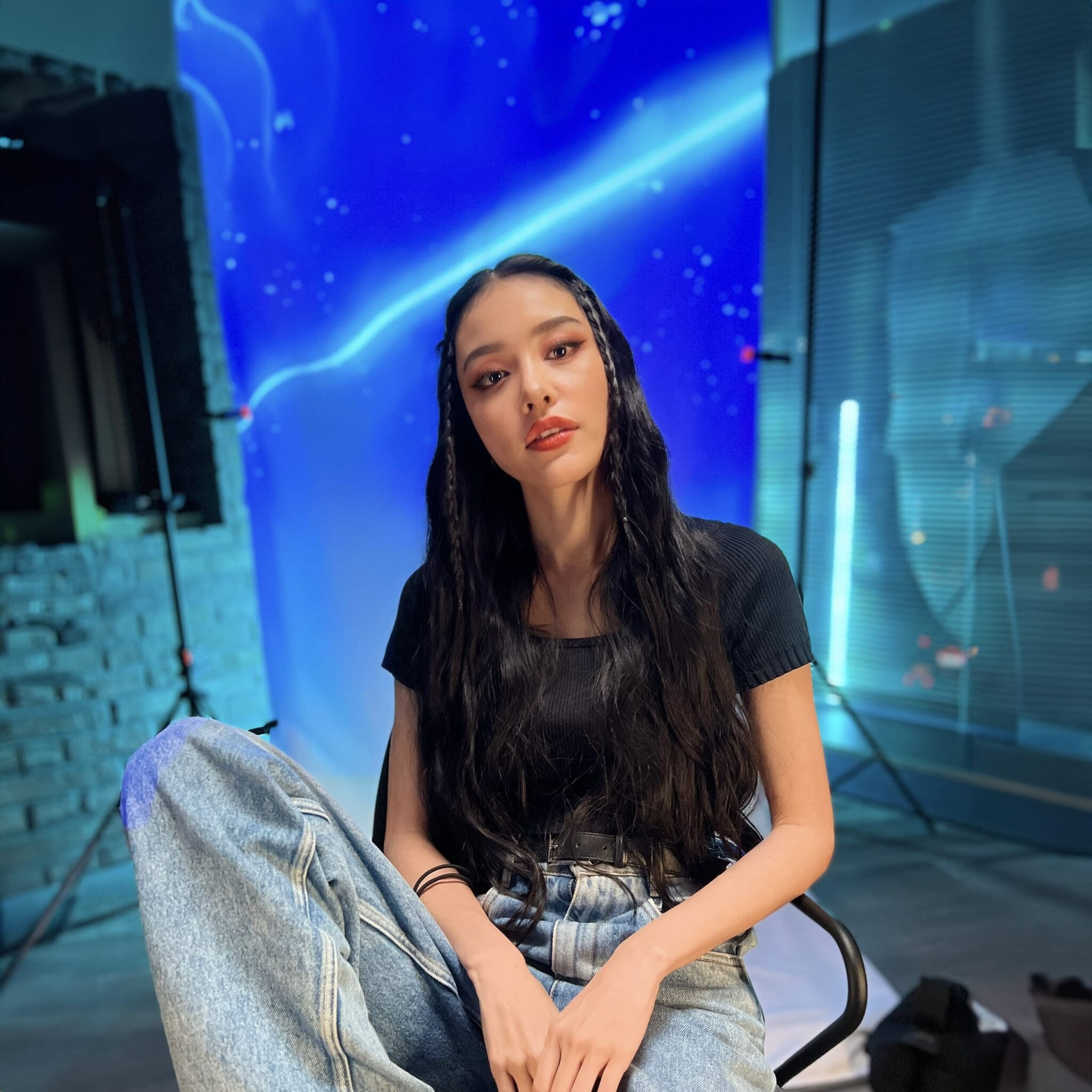
Ayaka Ohira, Anime Creator and Director
Hailing from Fukuoka, this Tokyo-based multitalented creative can draw, animate and tell stories. It all comes together in Galverse, a story in which Ohira merges nostalgia and futurism, shojo and shonen, 90s manga and AI — and even gyaru influences. A crowdfunded Galverse anime telling the sci-fi story of intergalactic beings is currently in production.
What’s your current obsession?
Playing with AI on Discord and sharing my Galverse style with everyone. I believe that we humans can be AI’s art directors.
Why do you love 90s anime style?
I love nostalgia. I want to replicate that childhood feeling when you got your first Tamagotchi. At the same time, I use the newest technology too. Isn’t that truly cyberpunk?
What’s your favorite part of Tokyo?
Nakano, particularly Nakano Broadway, and Asagaya because of their anime and manga connection. I also love Yoyogi Uehara’s vibe and the wide array of shops with organic food.
If Tokyo were an anime character, what would it be like?
A character that’s shy and cold at first but warms up to you later. A creature of its own kind.
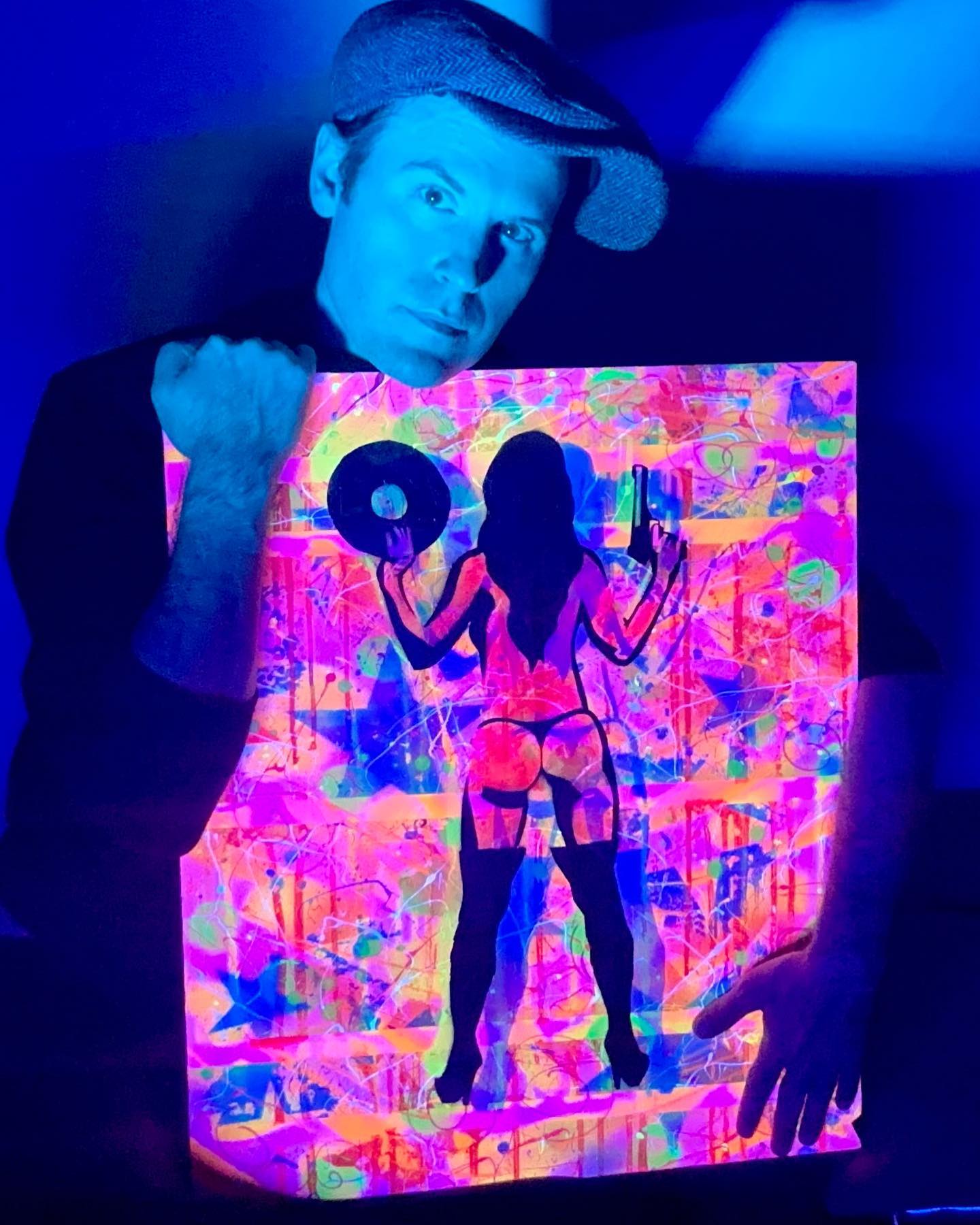
John Meyer aka The Spilt Ink, Artist and Event Organizer
This US-born artist is one of the most well-known party live painters in Tokyo, his home for more than two decades. His art moniker comes from his background as a graffiti artist. Inspired by icons like Andy Warhol, Meyer loves experimenting with art and gathering artists in one place for his Tokyo Art Tank group exhibitions.
What’s your latest obsession?
My “Electric Maiko” art series. It’s painted in the style of “popsick” — a word I coined that is an art style that combines graffiti, comic books and portraiture.
What motivated you to create a group exhibition and a community?
To make it in this world, you need people. Creatives need people. I want artists to be friends, so I bring them together. Everyone is welcome, the more diverse the better.
Where do you dream of exhibiting?
Here at Gallery Conceal. I’m living the dream.
If you had to pick one, what color is Tokyo to you?
Neon pink. Like the fluorescent one I use for painting in nightclubs.
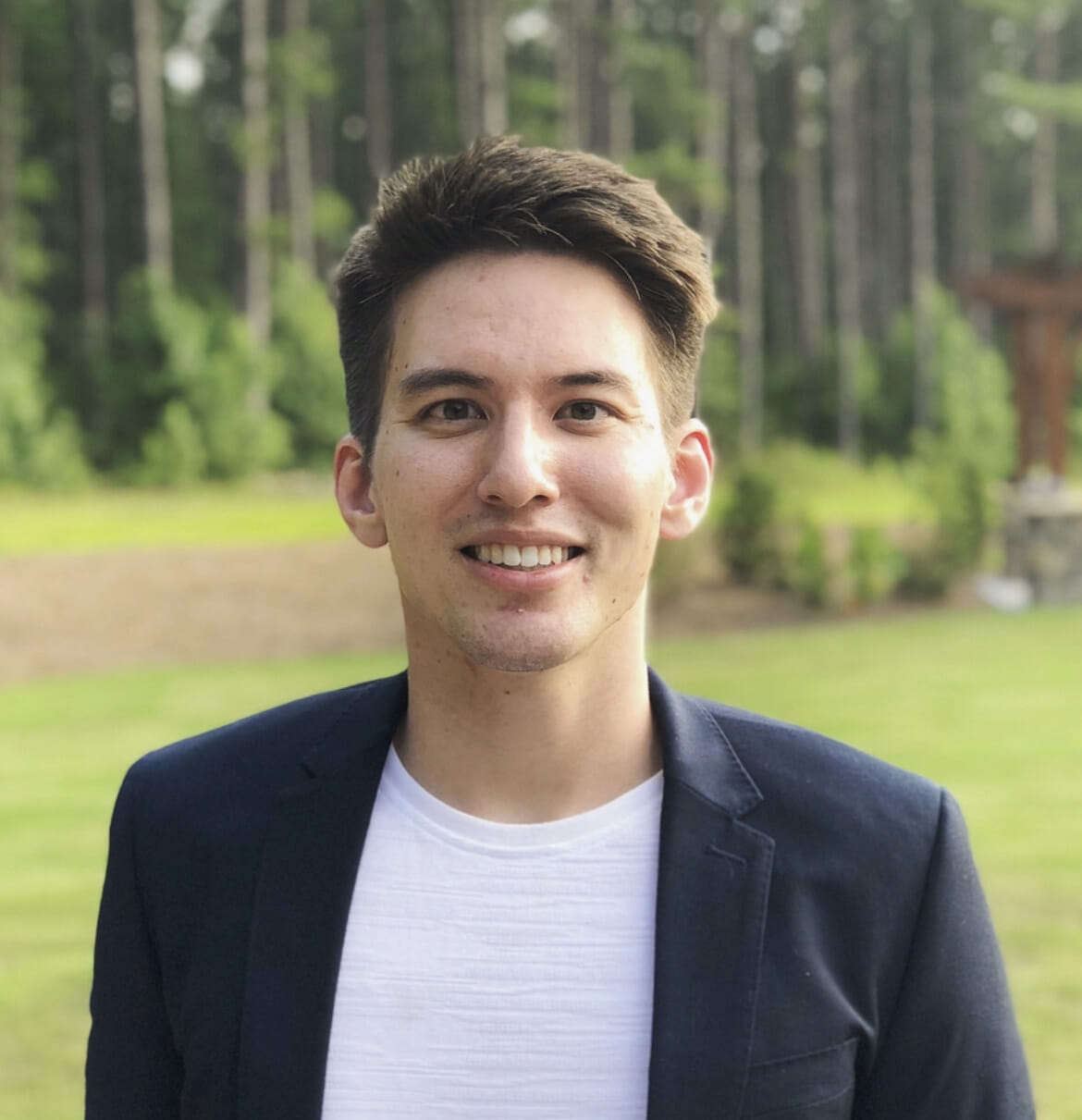
Max D. Capo, Video Creator
Max D. Capo is a Japanese American content creator dedicated to showing what life truly is like in Japan as an insider and long-term resident. You can watch his videos on YouTube, as well as short snippets on Instagram and TikTok. When he’s not creating videos, he loves watching anime. He also practices karate and Brazilian jiujitsu.
What’s your current obsession?
It’s my new podcast, Live in Tokyo, interviewing creatives in Tokyo who are mixed Japanese or have some roots connected to Japan. We don’t only talk about their background; we discuss a variety of topics to be helpful to an audience interested in life in Japan while also being lighthearted and sharing fun stories and experiences.
What’s the most diverse, international part of Tokyo?
It’s Shibuya — always poppin’ off. There’s a variety of international people, from long-term residents who live and work in the area to first-time tourists.
What’s an almost untranslatable Japanese word that fascinates you?
Komorebi. I love how it signifies the heavenly beauty of the sun’s rays going through and in between the tree leaves.
Why is Tokyo home for you?
I love this city! Tokyo is a place where I can express myself and connect to people I truly vibe with. It’s a city where there’s always something to do and something to learn.
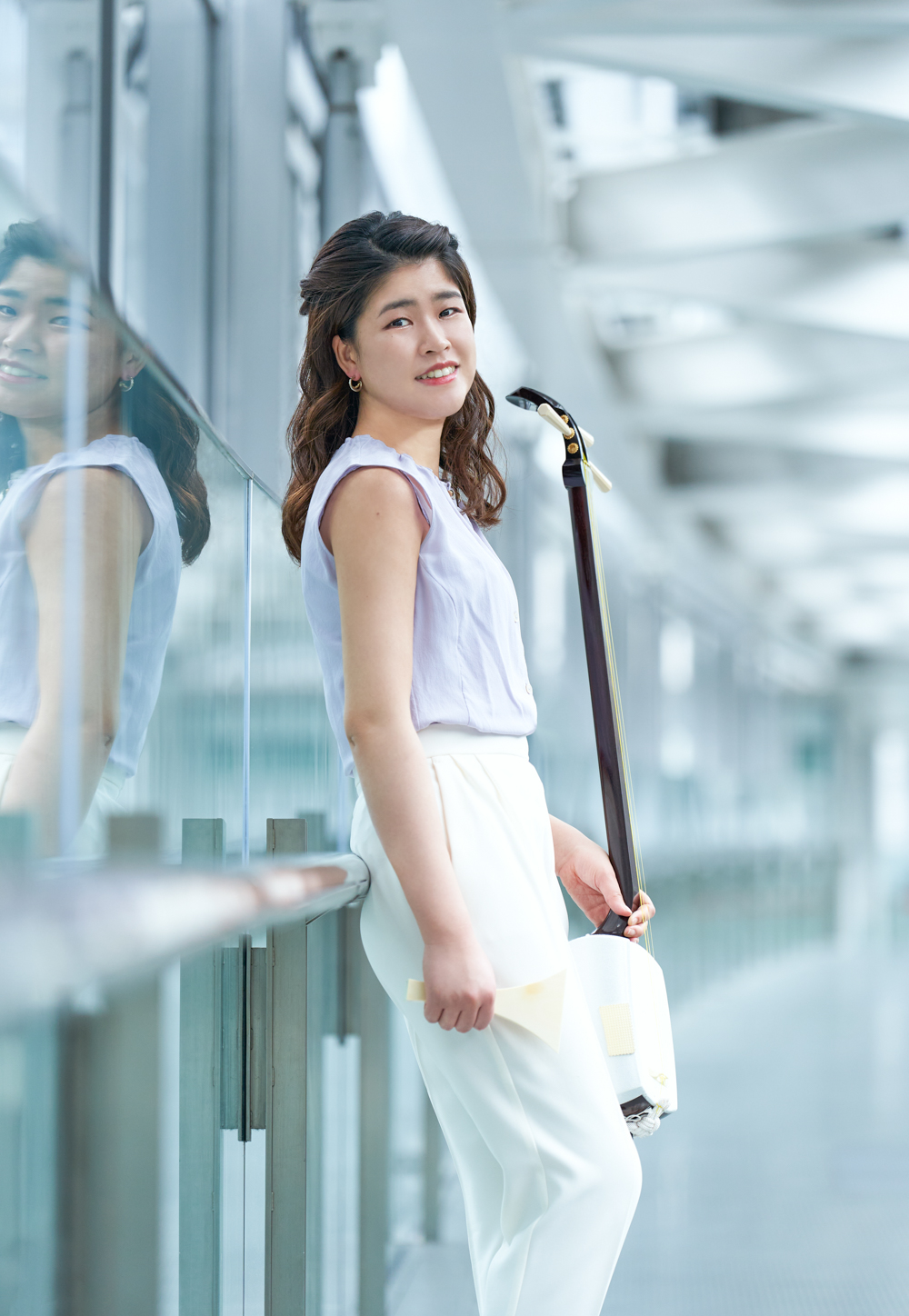
Photo by Ayane Shindo
Amane Sakaguchi, Shamisen Player
Sakaguchi, the ninth generation in a long line of shamisen players, performs under the stage name Kosaburo Kineya, though she will eventually inherit the family stage name of Katsusaburo Kineya, reserved for the head of the Kinekatsu-kai school of shamisen. She composed music for traditional dance at the opening ceremony of Culture City of East Asia 2020 in Kitakyushu and music for the NHK taiga drama Do Suru, Ieyasu? (What Will You Do, Ieyasu?), among other stellar work.
What’s your current obsession?
This year, I’ve been composing Western classical music, incorporating Japanese musical sensibilities into it without using Japanese musical instruments. It made the music subtly different and unique while keeping it purely classical.
Have you performed anywhere in Tokyo that’s a bit unusual?
I did a street live at Hibiya Festival, but it was during the pouring rain in the rainy season. Despite those bad conditions, the performance actually went well, and it made me think anything is possible. I’ve played in a garden in Kagawa, too, so I’m keen to do more open-air performances.
You’re Tokyo-born and raised. What’s your favorite part of the city?
I love Jindaiji in Chofu. I love going there and eating soba. It doesn’t feel like Tokyo sometimes, but that only shows how diverse Tokyo is, like many cities in one.
If you were to choose only one sound to represent Tokyo, what would it be?
The mixed sounds in Todoroki Valley, Shibuya. The warble of the river and then the sudden sound of traffic — contrasting sounds but truly showing the many faces of this city.
Read the previous installments of TW’s Voice of Tokyo.
This article was originally published in the TW Vol.1 2024 issue

